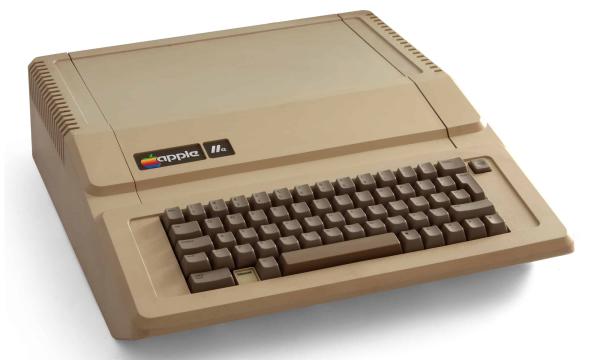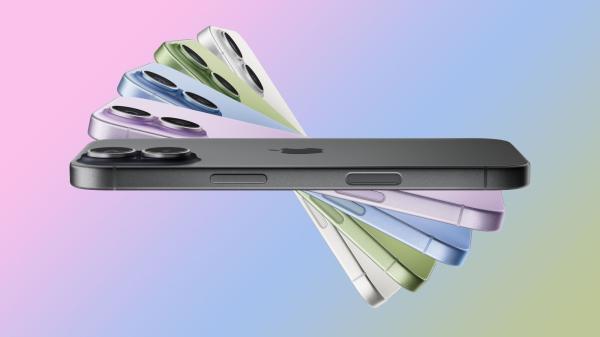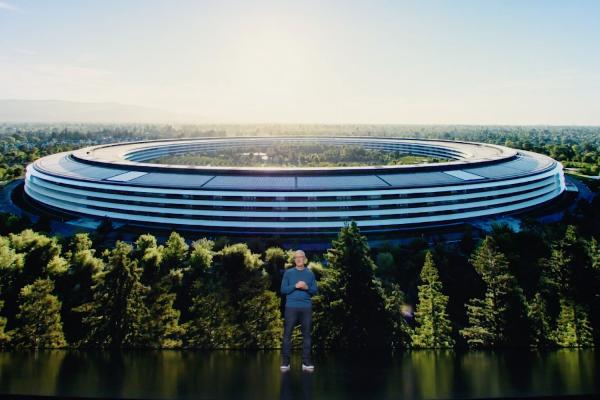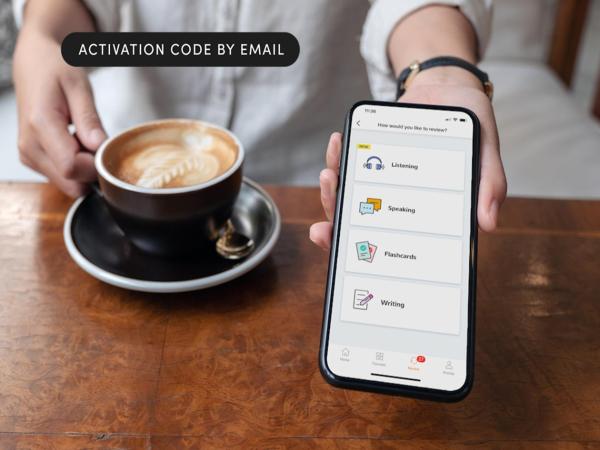
Vision Pro is Apple's next-generation integrated VR headset. Recent reports suggest a lower-cost version could be made available, that will be tethered to an iPhone or Mac. This would suggest it will be used for more day-to-day applications, such as entertainment and leisure, as opposed to industrial uses. Below, we discuss some of the possible applications for a low-cost Vision headset.
Online Gaming
Online gaming is a slightly harder area for the low-cost headset to break into. Most of the major console providers, such as Sony and Microsoft, already have headsets compatible with their consoles. It is unthinkable that they would let Apple provide third-party products for their gaming ventures.
This would leave the best applications in other gaming areas. It could be used for titles purchased on PC gaming sites such as Steam. However, casual gaming in the form of apps and iGaming would be a clearer path to follow. With the rise in alternative forms of gambling, such as the provision of live casinos and the best sweepstake casinos, VR is an area that would benefit them greatly. Ever pushing forward in innovation, VR has yet to become a major player in the iGaming field but could be if given sufficient backing from Apple.
VR in Education

One of the major differences between the low-cost headset and the Vision Pro is that with the Pro, all its components and processing power are in the headset itself. For the low-cost model, the use of an external device is required. This makes it much more affordable to educational establishments, which may already be constrained by tight technology budgets.
No one can deny the possibilities of VR in learning environments. This could allow pupils to immerse themselves in areas of study. Perhaps they might be visiting a historical settlement one lesson, while virtually engineering a suspension bridge in the next. This method could help engage students who have learning difficulties and struggle with other learning methods.
However, it does not just have to be limited to school and college education. Companies such as Walmart and Amazon have already begun to train employees using VR. A lower-cost headset could open this up to much smaller businesses, who may not have had the global conglomerate finances of these companies.
Shopping
Just as VR training has been limited to major companies, so has the use of VR in retail. Yet this could also open up avenues for smaller businesses. Companies such as Lexus have allowed test drives in VR and other retailers have combined it with AR to provide an enhanced shopping experience. A low-cost headset would allow independent retailers to bring their catalogs to shoppers.
The main barrier to this would be the cost of creating the VR programs required to do so. Apple also has a track record of gatekeeping its products, so third-party developments may be limited. However, if a builder-type program is supplied, making it easy for businesses to create their own VR applications, it could be a huge hit.
There will be plenty more applications, bringing VR to the masses at an affordable price. The downside is that it could see the Vision Pro become an expensive experiment, as most people will be reluctant to pay for one after already spending on a main device. Only time will tell if Vision and VR are truly successful.





![3 apps to help you with your New Year’s resolutions [Awesome Apps]](https://www.cultofmac.com/wp-content/uploads/2025/01/Finish-Your-Goals.jpg)







